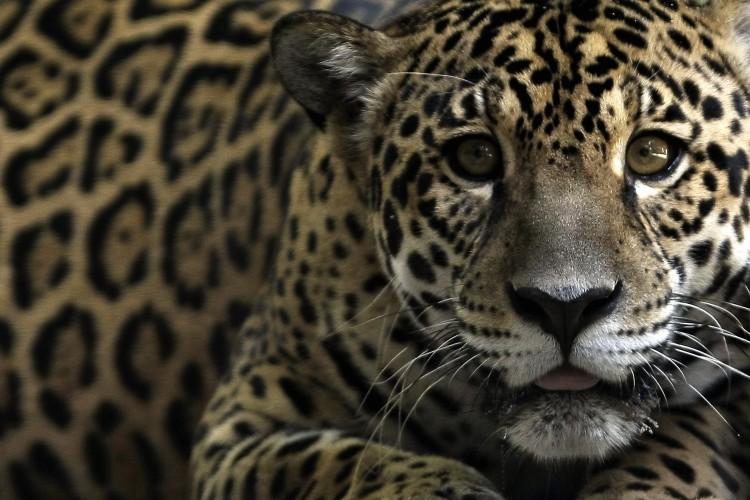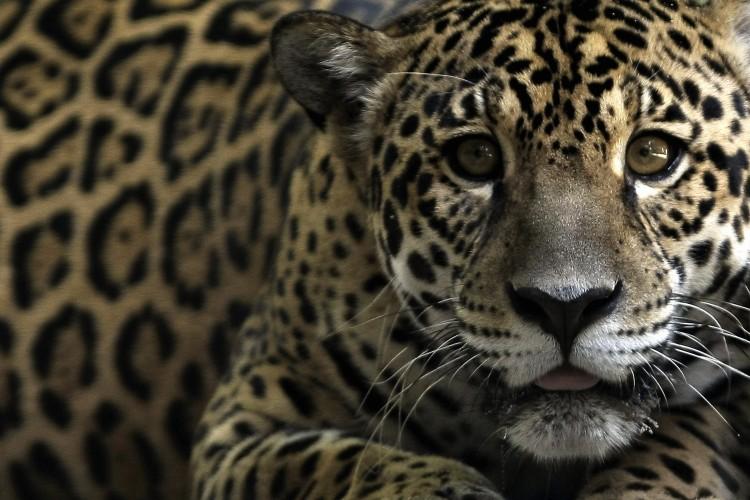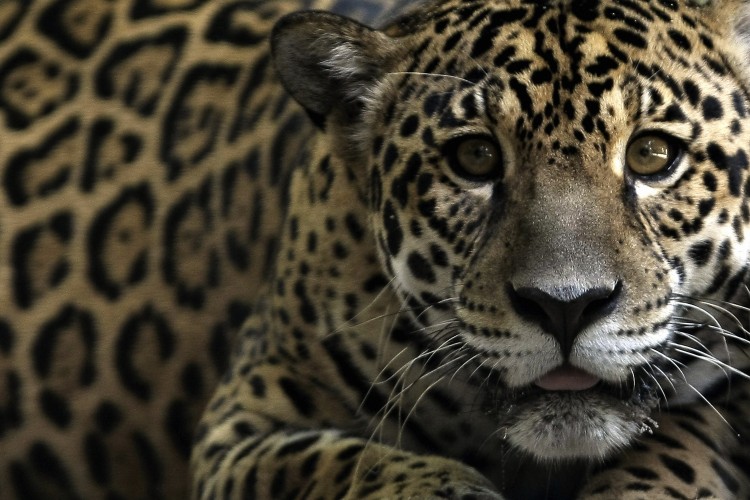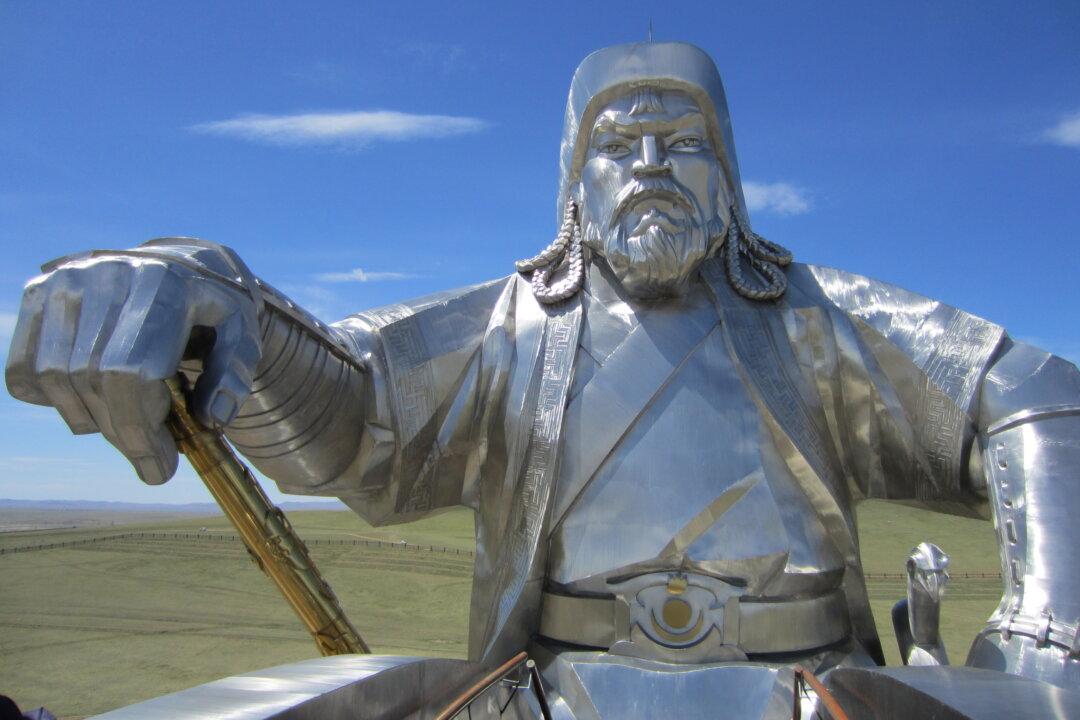Big cats like the jaguar, ocelot, and jaguarundi once thrived in the American Southwest and are now extremely scarce—with only a few having been spotted throughout the decades—but various protection efforts are underway.
Big cats, even the cougar and bobcat, play important roles in the Southwest ecosystems, and as a result of various conservation efforts, government intervention, and big cat migration northward, these big cats could make a future comeback.
All of these big cats are originally inhabitants of Arizona, but sighting a jaguar or ocelot there today is rare. Since the boom of westward expansion in the 19th century and up to today, these cats have been killed and driven off American lands. To search for a breeding pair today would require travelling south of the Mexican border for about 125 miles into the Mexican Sierra Madre.
The last female jaguar in the United States was killed in 1963 by native Arizonian Terry Penrod, who thought he was firing at a bobcat.
“Back then, everything was a predator—lions, jaguars, bobcat, lynx. It was legal to shoot them,” said Penrod, according to the Arizona Daily Star.
Since that shooting in ‘63, concern has been looming over the Southwest within the U.S. Fish and Wildlife Service (FWS) and other local and government agencies. These agencies are concerned about the ecological impact of the lack of big cats and about how to best protect these cats.
Big cats and other native predators play a vital role in ecosystems, the Southwest included. Essentially, predators help maintain the ecosystem by eating herbivores. Without predators controlling the population growth of herbivores, vegetation could be over-consumed, threatening the base of the food chain.
According to the publication “Border Cats of the Southwest“ by the Sonoran Desert Discovery at the University of Arizona, many prey animals such as elk and deer have been starving in large numbers due to a lack of predators.
Although the bobcat and cougar are still part of the Southwestern ecosystem, and although their populations have grown over the past few decades due to protection efforts from local and government agencies, their populations could potentially become threatened due to human encroachment, according to a the Sonoran Desert Discovery.
Additionally, international borders may inhibit the migratory patterns of big cats.
However, protection efforts beyond endangered species and protection status laws are underway. A proposal from the FWS includes 838,000 acres of jaguar habitat along the Sky Islands mountain ranges throughout Southeast Arizona and Southwest New Mexico. Along with the protected land, the proposal includes a recovery plan.
Additionally, other privately protected lands are available for big cat habitat, one of which is the Northern Jaguar Reserve located about 125 miles south of Douglas, Ariz. This remote and rugged area is spread throughout the foothills of the Sierra Madre, and the 1,500-square-mile reserve is surrounded by the Rio Aros and the Rio Bavispe.
According to current estimates, there are approximately 80–120 jaguars located on protected lands.






